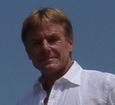
A few years ago, two technologist friends of mine kicked off their latest startup. They did everything right. Since they had done reasonably well with the sale of their previous startup, they bootstrapped their new company until they had a working prototype. Then, using their reputations as successful repeat-entrepreneurs, they raised their first round of venture funding and were successful in keeping the lion's share of their company. One of them continued as CEO but they promised their investors that they would hire a new CEO to enable the interim CEO to return to the job he was best at - managing a talented engineering team and generating and challenging new technical ideas.
They hired the best-of-the-best, created an envied company culture, and developed their first product ahead of schedule. Initial trials of the product showed both demand for the new technology and the fact that it really did work. Everyone was happy. The VCs were ecstatic, sure that this was going to be a home run. The two founders were happy. Everything was going better than they had hoped. The employees were happy. Not only had their insane hours produced a world-changing technology, it looked like this time, they had finally chosen the right startup. They came out of stealth mode and the trade press went crazy over the promise of this new startup. The company's name was all over the Valley. The buzz had begun (see my post Stealth or Buzz - Beware of the Big Guy). They had done everything right.
Their next step was to raise a BIG Round of venture capital. They needed to ramp up marketing and sales, open support offices, prepare for large scale production - do everything necessary to prepare for their IPO. With the buzz and the enthusiasm of the initial investors, they easily raised a huge second round. It appeared their success was assured. Of course, they needed to hire that CEO - someone who could help manage the anticipated explosive growth. Both of my friends knew that they weren't cut out for that work. They were technologists. And so, the CEO search began.
The VCs offered several candidates and a few months later, my friends selected a superb candidate. He was confident that he could lead them all to huge success.
And then there was a hiccup.
After the company was closed down, there were some in the press and around the Valley who blamed the hiccup - a flaw in the technology. Most blamed the VCs - they had closed down this promising company at the first sign of trouble - trouble which in the eyes of the analysts was just a resolvable glitch. But what really happened?
I'm not sure anyone really knows. Yes, we can see the events, the rapid rise and the sudden closing of the doors, but even my friends aren't sure how everything fell apart so fast. Since the company was dissolved, they've agonized over how it could have gone so wrong. And after months of analysis, they have some ideas, but they're not absolutely sure they understand. And they do need to understand it.
From what I can gather, it went something like this. Of course, I wasn't there, so I'm relying on anecdotal evidence and a fair amount of inference.
The initial trials of the product were expanded to large scale deployment and the hiccup occurred. The product didn't scale as well as expected. Clearly, this is a major setback, but was it enough to kill the company? The analysts said no. There was still a market for the product on a smaller scale that could be lucrative and which would give the team time to resolve their scaling issues. While this stage of the rocket ship had sputtered a bit, there were more stages ahead, and it wasn't as if the product had blown up.
Of course, I'm sure the new investors were disappointed, but I'm not sure they were ready to pull out yet.
On the other hand, I'm sure the technical team felt tremendous pressure to resolve the issue as soon as possible. Maybe panic set in. To my understanding, the team went to work on solutions. Not surprisingly, two distinct proposals emerged and they were radically different. The team split into two groups, each adamant that their approach was the only one that could save the company. My friends were on one side, several key players were on the other. Perhaps discussions got too heated. Perhaps words were said that couldn't be taken back.
At the end of the day, a decision was made by the two founders to choose their own approach. This didn't go over well and ultimately, some of those dissenting key players left the company. I get the impression that their departures weren't completely voluntary. I also get the impression that those who remained felt that much of what made the team so great had been broken. Some had lost trust that they could express their ideas without penalty. The integrity of a tight team had been breached.
I don't think anyone knows if the chosen technical approach would have worked. They never really got the chance to find out.
From what I've been told, the new CEO looked at his now decimated technical team and realized that instead of guiding a successful, rapidly growing startup to an IPO, he would have to reset market expectations, reposition the product and the company for a longer-than-promised success story, and at the same time, figure out how to reclaim the company culture and rebuild a team that could once again be successful. It wasn't what he'd signed up for.
He met with the VCs, and again, to my understanding, they looked at the company and saw too many flaws and not enough promise. The problems in the scaled deployments now had them questioning the viability of the market and this particular approach. It just looked like too much.
It appears the VCs realized that they could walk away with minimal losses to their investment if they did it quickly and cleanly. They took back their latest (BIG) round and closed the company. There were discussions of selling off the technology, of others picking it up, but as is often the case in these situations, the VCs wanted to look for the next home run.
My friends are now each working for different large companies in the same sector. The post-mortems continue. They do need to understand what went wrong. But knowing them, they will dust themselves off and move on to create another startup, benefiting from the hard lessons they've learned.
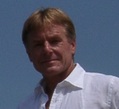

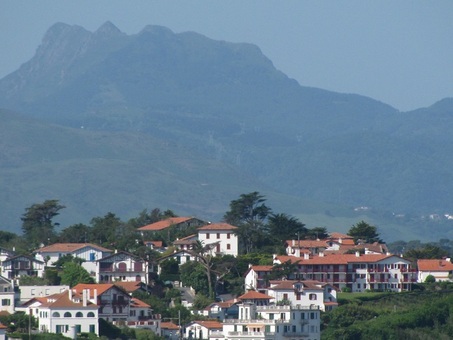
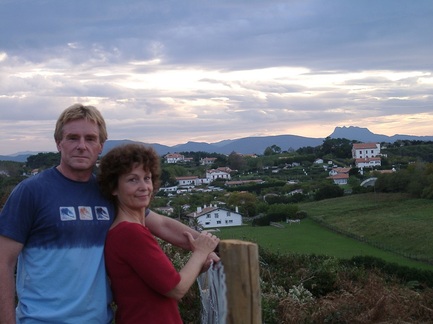
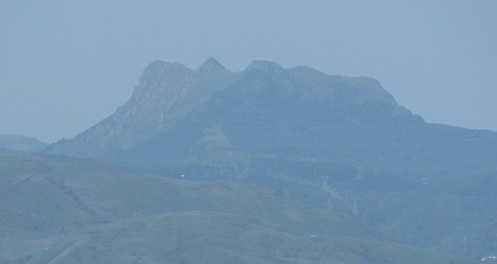
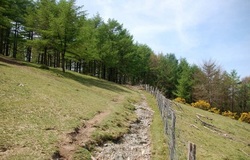
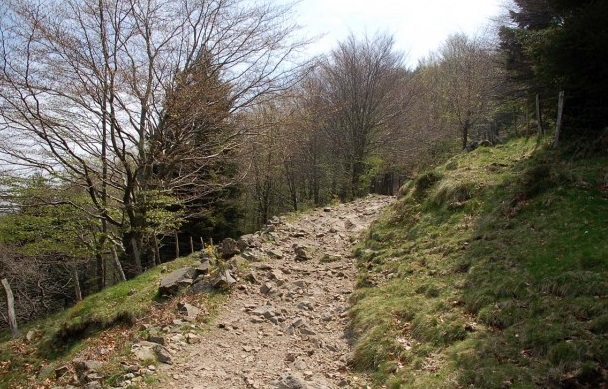
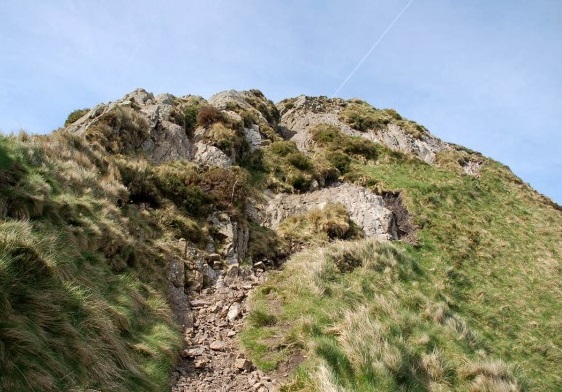
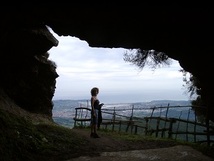
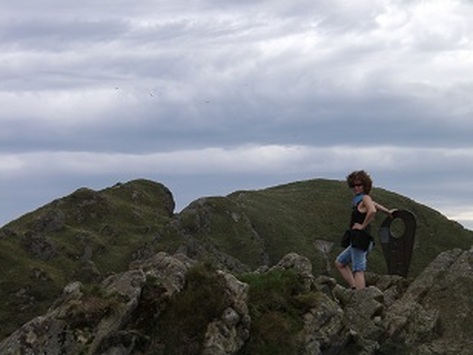
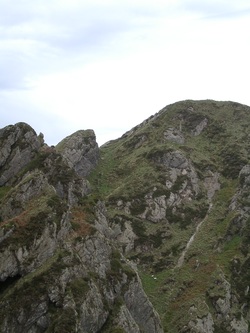
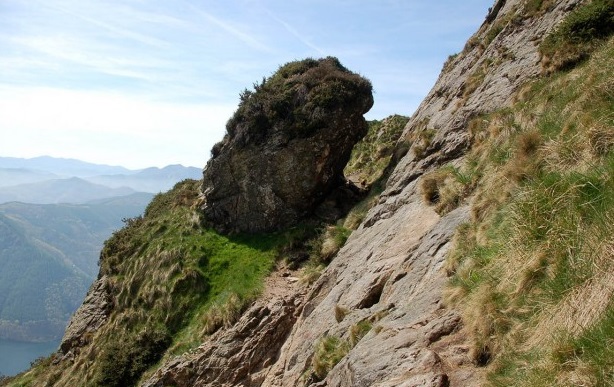
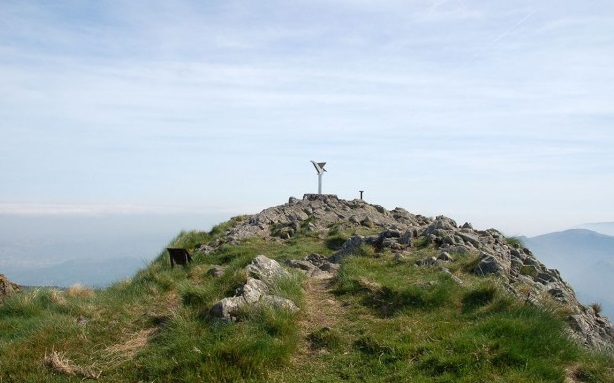
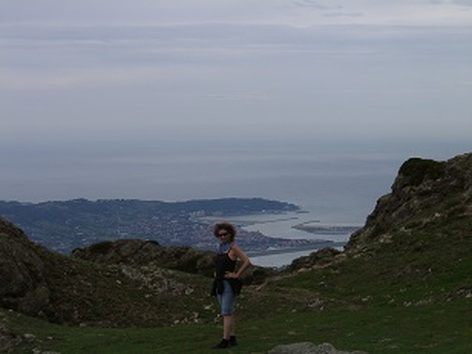
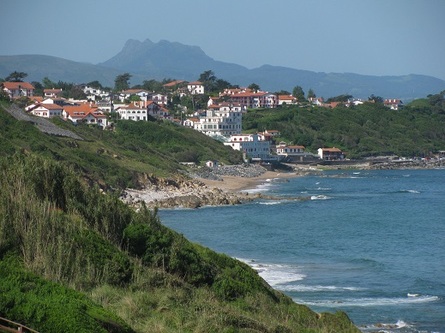
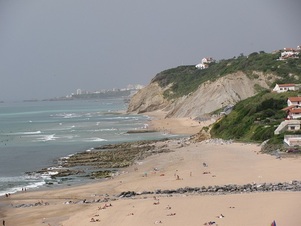
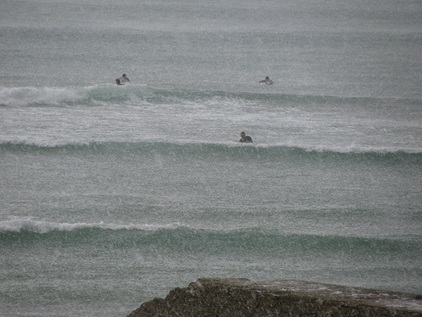
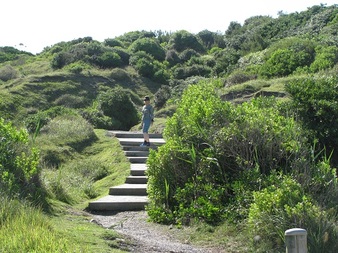
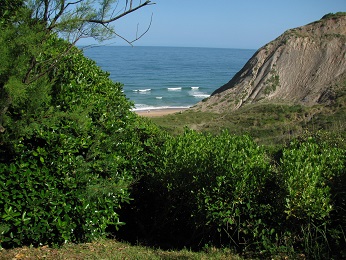
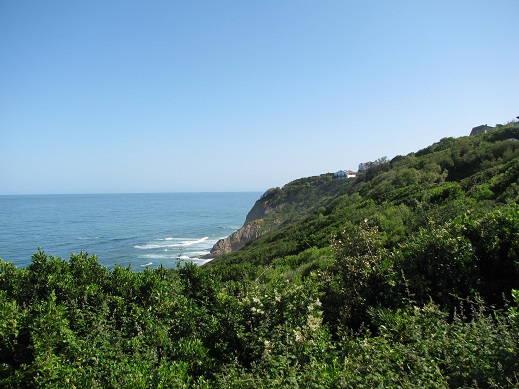
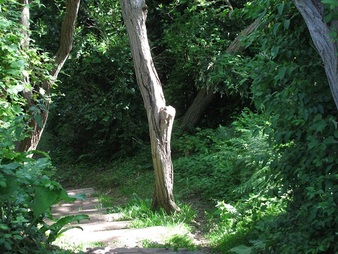
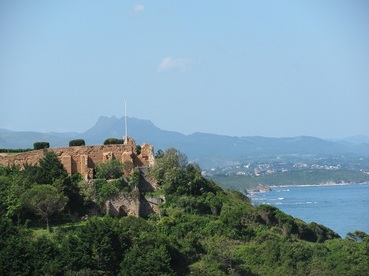
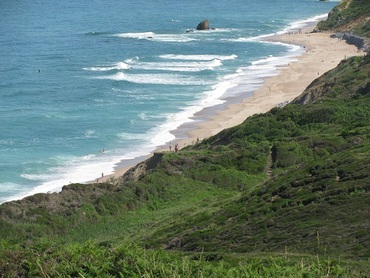
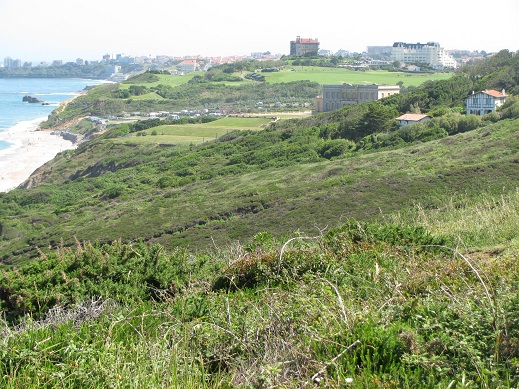
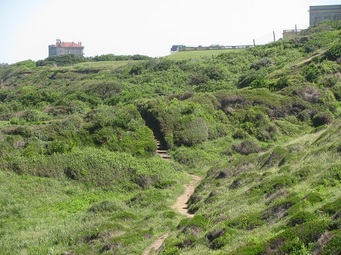
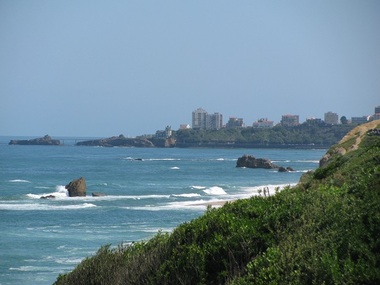
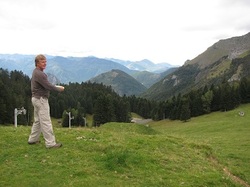
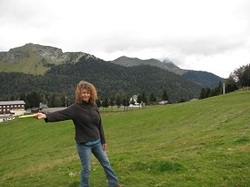
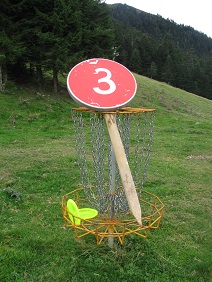
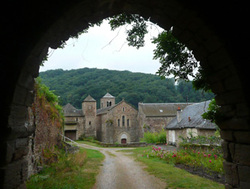
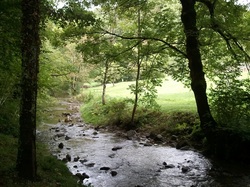
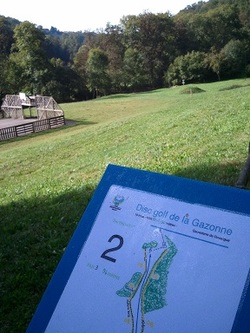
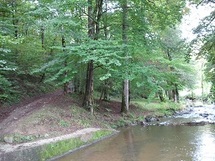
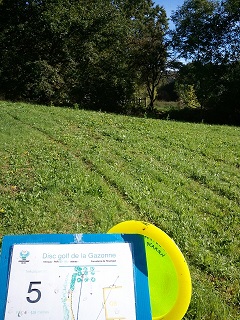
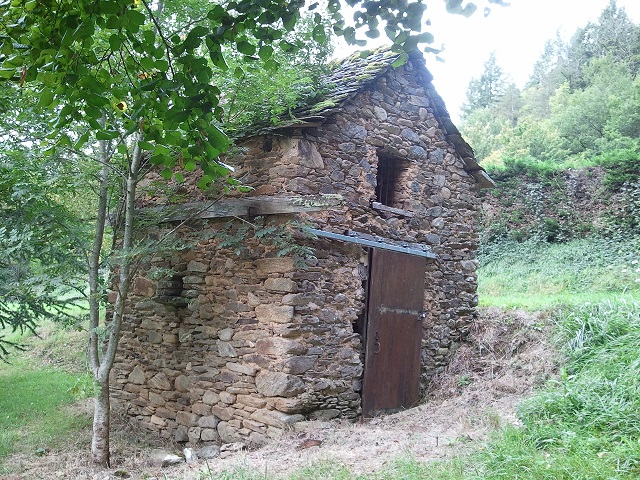
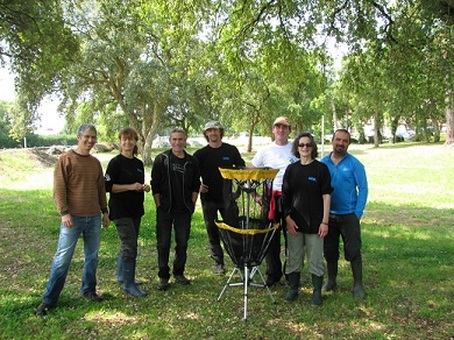
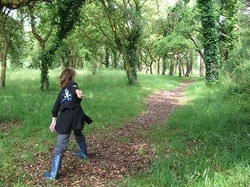
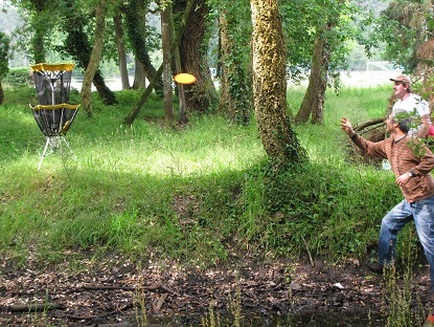
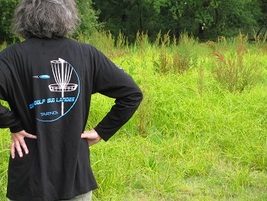
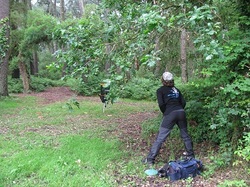
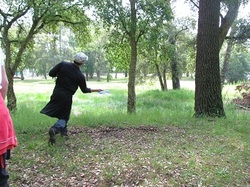
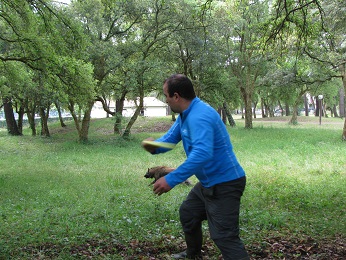
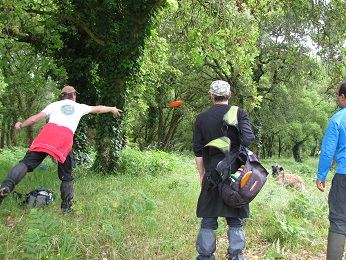
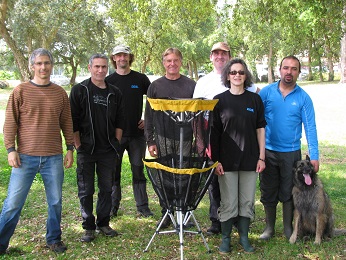
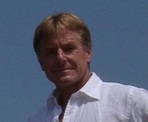
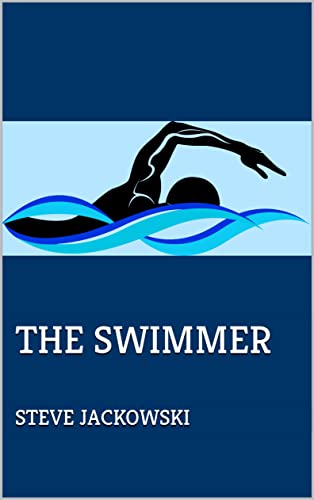
 RSS Feed
RSS Feed